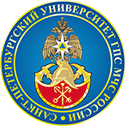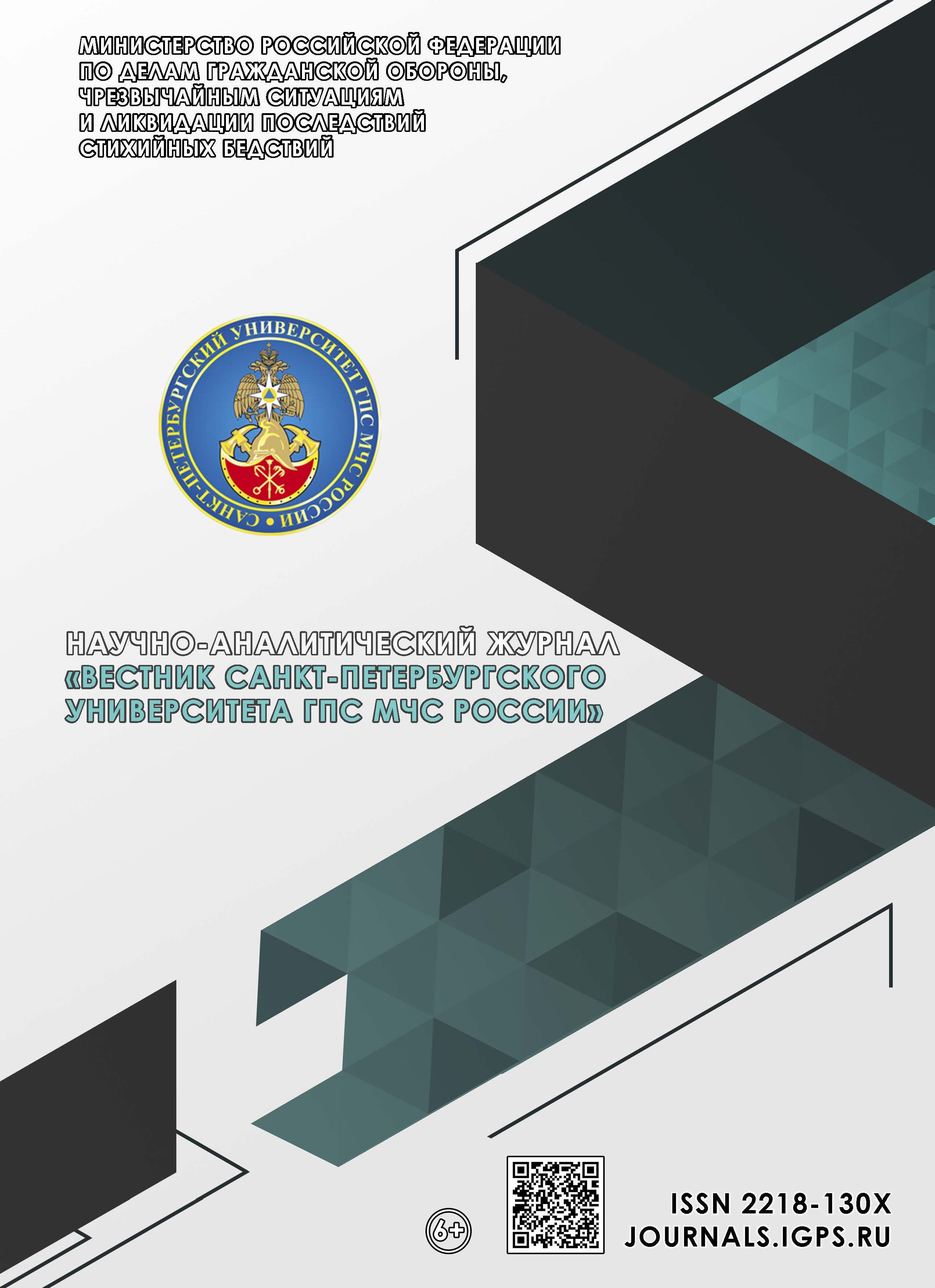St. Petersburg, Russian Federation
UDC 614.849
The existing innovative approaches of both domestic and foreign scientists to intelligent forecasting, as well as forest fire management, are considered. The implementation of the application of the ANFIS neuro-fuzzy system for predicting forest fires in order to increase the reliability and reliability of the forecast data obtained is presented. The analysis of the feature space when considering forest fires is carried out, a correlation matrix is presented that characterizes the degree of influence of features on the predicted indicators. The structure of the neural network model with the corresponding linguistic variables and membership functions is constructed. The results of the ANFIS system training based on historical data in the Leningrad Region for the period from 2015 to 2023 are presented. The results obtained make it possible to increase the efficiency of operational forecasting of the dynamics of forest fires, to justify the adoption of management decisions on their elimination.
forest fires, forecasting, ANFIS, neuro-fuzzy system, management
1. Beresten'kova M.V. Intellektual'naya sistema prognozirovaniya lesnyh pozharov // Hvojnye boreal'noj zony. 2012. T. 30. № 5-6. S. 64-67. EDN TTNHLP.
2. Kolpakov V.F. Primenenie nechetkogo modelirovaniya dlya informacionnoj podderzhki prinyatiya reshenij pri likvidacii lesnyh pozharov // Pozharovzryvobezopasnost'. 2017. T. 26. № 7. S. 65-73. DOI:https://doi.org/10.18322/PVB.2017.26.07.65-73. EDN ZIDWQZ.
3. Matveev A.V., Bogdanova E.M. Klassifikaciya metodov prognozirovaniya chrezvychajnyh situacij // Nacional'naya bezopasnost' i strategicheskoe planirovanie. 2018. № 4 (24). S. 61-70. EDN YTPZYL.
4. Petrova I.Yu., Glebov A.A. Prognozirovanie elektropotrebleniya s pomoshch'yu nejro-nechetkoj sistemy ANFIS // Nauka i obrazovanie: nauchnoe izdanie MGTU im. N.E. Baumana. 2006. № 7. S. 3. EDN HYSJDN.
5. Dubolazov V.A., Somov A.G. Prognozirovanie i ocenka ekonomicheskih dannyh pri pomoshchi adaptivnoj sistemy nejro-nechetkogo vyvoda ANFIS // Ekonomika i menedzhment sistem upravleniya. 2017. № 4-4 (26). S. 411-418. EDN ZXQAKF.
6. Operativnoe prognozirovanie teplovogo potoka pri pozhare v vertikal'nom stal'nom rezervuare s zashchitnoj stenkoj s ispol'zovaniem ANFIS / T.S. Stankevich [i dr.] // Pozharovzryvobezopasnost'. 2020. T. 29. № 5. S. 13-39. DOI:https://doi.org/10.22227/PVB.2020.29.05.13-39. EDN FFGNIX.
7. Butyrskij E.Yu., Matveev A.V. Matematicheskoe modelirovanie sistem i processov. SPb.: Inform. izd. ucheb.-nauch. centr «Strategiya budushchego», 2022. 733 s. DOI:https://doi.org/10.37468/book_011222. EDN CCRIRT.
8. Yakovlev D.V., Zvyaginceva A.V., Us N.A. Nejrosetevoe modelirovanie v prognozirovanii vozniknoveniya lesnyh pozharov // Informaciya i bezopasnost'. 2009. T. 12. № 3. S. 397-404. EDN KWCIVB.
9. Razhnikov S.V. Informacionno-analiticheskaya podderzhka upravleniya opoveshcheniem naseleniya pri landshaftnyh (prirodnyh) pozhara// Sibirskij pozharno-spasatel'nyj vestnik.2023. № 2 (29). S. 95-106.
10. Wildland Fire Burned Areas Prediction Using Long Short-Term Memory Neural Network with Attention Mechanism / Li Zhongzhi [et al.] // Fire technology. 2021. Vol. 57. P.1-23. DOI:https://doi.org/10.1007/s10694-020-01028-3.
11. Forest Fire Prediction with Imbalanced Data Using a Deep Neural Network Method /C. Lai [et al.]//Forests. 2022. Vol. 13.№ 7. P. 1129. DOI:https://doi.org/10.3390/f13071129.
12. Cortez P., Morais A. A Data Mining Approach to Predict Forest Fires Using Meteorological Data. In New Trends in Artificial Intelligence // Proceedings of the 13th EPIA 2007 - Portuguese Conference on Artificial Intelligence, Guimarães, Portugal, December 2007; Neves, J., Santos, M.F., Machado, J., Eds. P. 512-523.
13. Andrews Patricia L. Current status and future needs of the BehavePlus Fire Modeling System // International Journal of Wildland Fire. 2014. № 23. P. 21-33. DOI:https://doi.org/10.1071/WF12167.
14. Price S., Germino M.J. Modeling of fire spread in sagebrush steppe using FARSITE: an approach to improving input data and simulation accuracy // Fire Ecology. 2022. № 18. P. 18-23. DOI:https://doi.org/10.1186/s42408-022-00147-2.
15. Mahmoud H., Chulahwat A. Unraveling the Complexity of Wildland Urban Interface Fires // Scientific Reports. 2018. № 8. P. 9315. DOIhttps://doi.org/10.1038/s41598-018-27215-5.
16. Nebot À., Mugica F. Forest Fire Forecasting Using Fuzzy Logic Models // Forests. 2021. № 12 (8). P. 1005. DOIhttps://doi.org/10.3390/f12081005.







